National Palace Museum sheds light on astronomical instruments of Joseon era
By Kim Hae-yeonPublished : Dec. 26, 2022 - 17:25
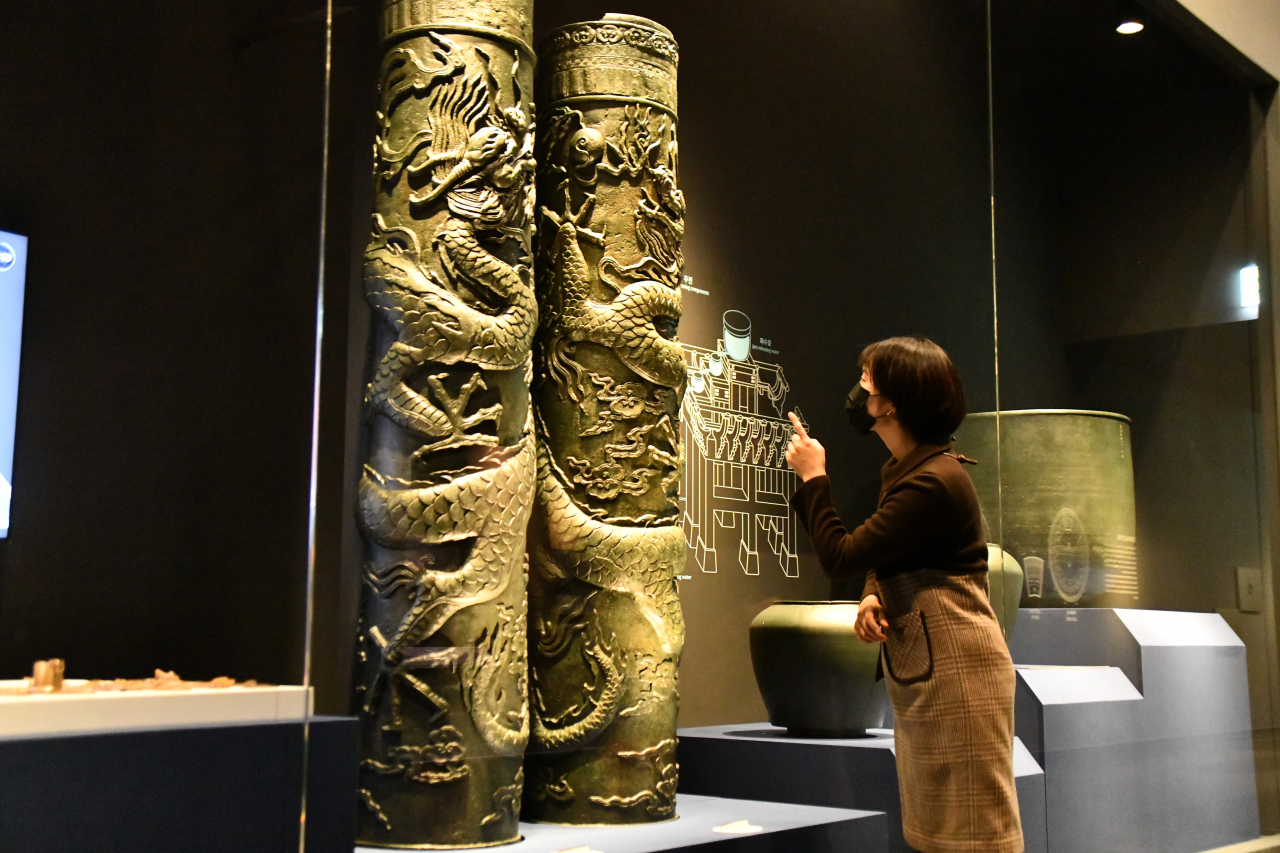
How did people of the Joseon era (1392–1910) observe and understand celestial bodies?
National Palace Museum of Korea's new permanent exhibition on the scientific achievements of Joseon aims to answer that question.
"Scientific Achievement of the Joseon Dynasty," which opens to the public Tuesday after an extensive renovation, has on display an extensive collection of important astronomical instruments that were used to observe the sky and mark the seasons.
Observation of the sky and marking of the seasons, known as “gwansang sushi” was the foremost duty and privilege of Joseon kings. It was a major component of the state ideology and an important means of governance.
Celestial globes were considered an emblem of royal authority, while the Big Dipper and 28 constellations were engraved in royal ceremonial swords.
Joseon royal palaces served as both astronomical and meteorological observatories and important astronomical instruments and various types of clocks were produced and installed at Gyeongbokgung, Changdeokgung, and Changgyeonggung.
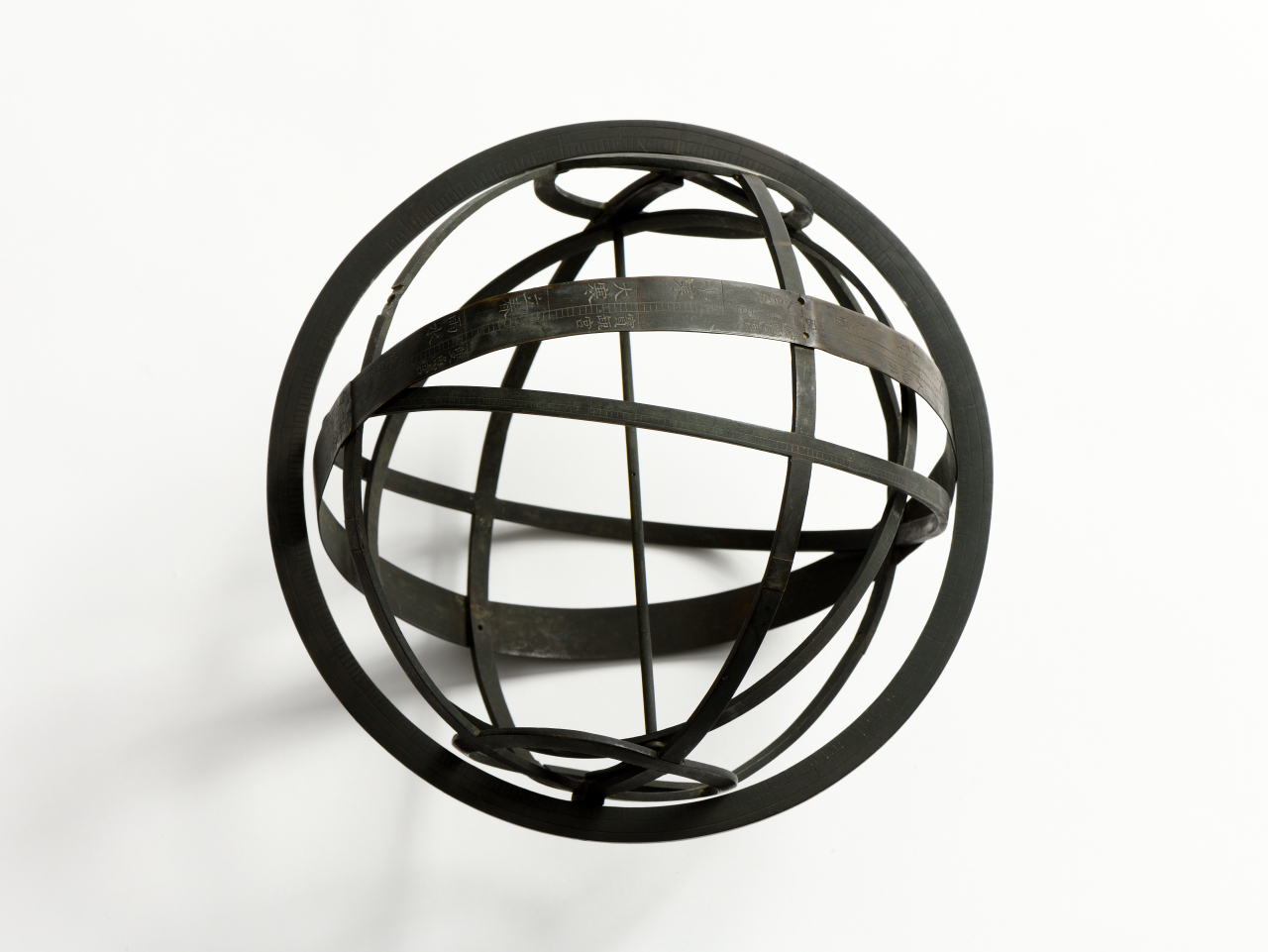
"Since opening the science-culture gallery in 2018, we have come to realize that no matter how valuable the scientific artifact, if the content is too complicated to understand for the general viewers, the artifact ends up interpreted in vague terms." the museum's director Kim In-kyu said in a press conference Monday held ahead of the official opening.
Kim said his focus throughout the remodeling period was on how to provide a simple yet extensive explanation of the meanings and operating principles of the items to the public.
A total of 45 artifacts are on display, including three national treasures and six treasures.
"Cheonsangyeolchabunyajido gakseok," the second oldest extant stone constellation chart in the world that dates back to 1395; clepsydra of Changgyeonggung Palace, a self-striking water clock which is being shown for the first time after restoration; and a rain gauge from Changdeokgung Palace, which was as much a governing device as was a scientific instrument for it was used by the state to levy appropriate taxes, are state designated national treasures.
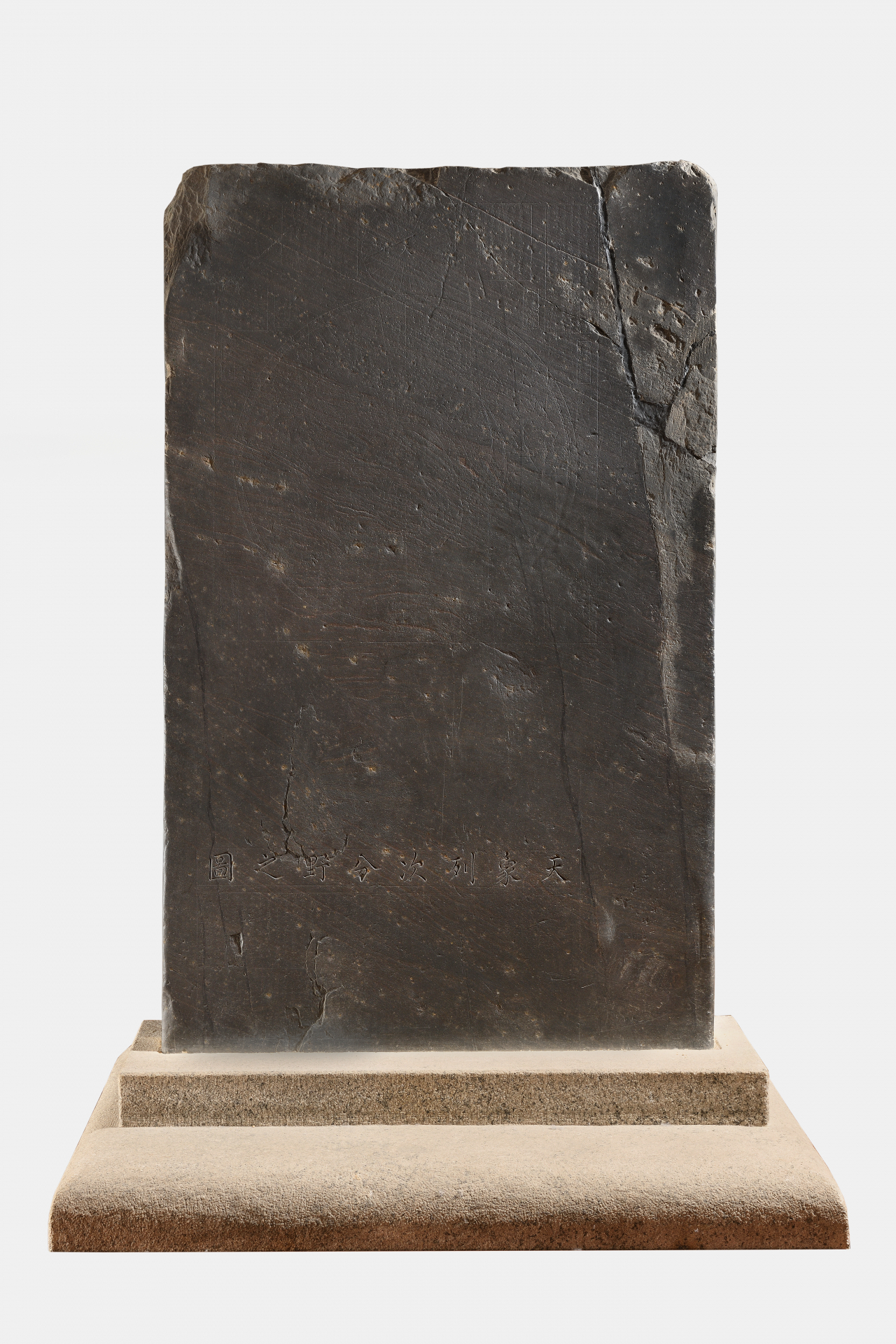
The stone constellation chart is displayed in a separate room along with newly created immersive digital content, to make it easier to view.
"The remodeled exhibition is designed to allow visitors to use their senses for exploring and understanding the artifacts," exhibition researcher Kim Jae-eun said. "Standing in front of the rain gauge pedestal, you can hear the sound of rain drops, while the sound of a drum and bell announces the time in front of the self-striking water clock."
The museum opens daily from 10 a.m. to 6 p.m. On Wednesdays and Saturdays, the hours are extended to 9 p.m.










![[Kim Seong-kon] Democracy and the future of South Korea](http://res.heraldm.com/phpwas/restmb_idxmake.php?idx=644&simg=/content/image/2024/04/16/20240416050802_0.jpg&u=)



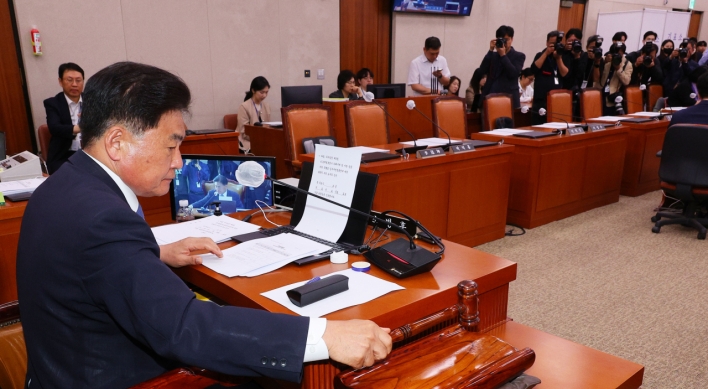

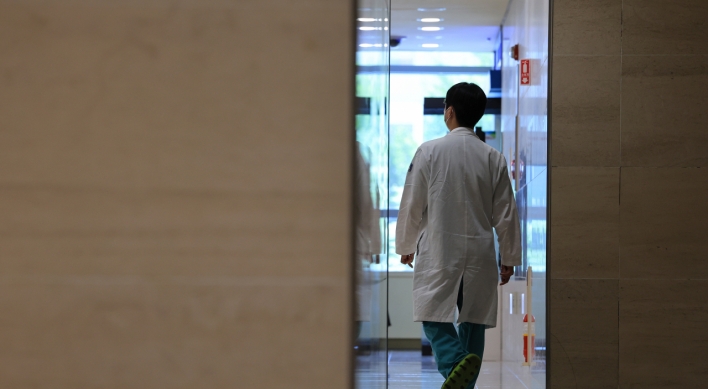


![[Today’s K-pop] Zico drops snippet of collaboration with Jennie](http://res.heraldm.com/phpwas/restmb_idxmake.php?idx=642&simg=/content/image/2024/04/18/20240418050702_0.jpg&u=)